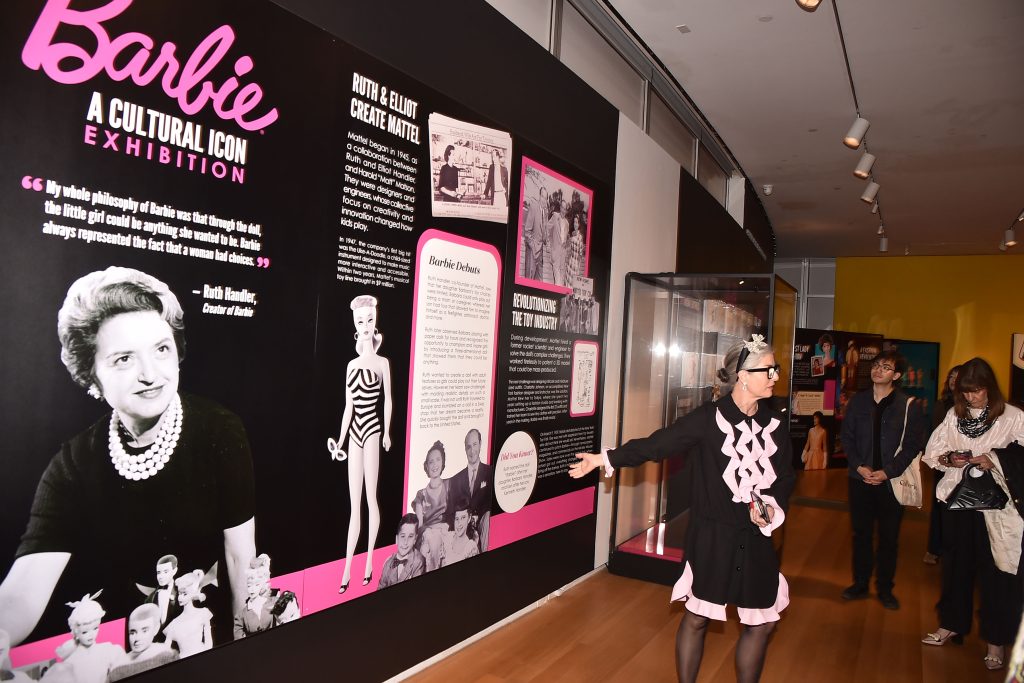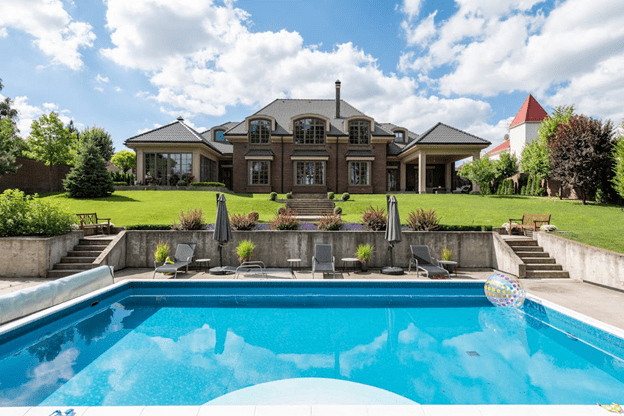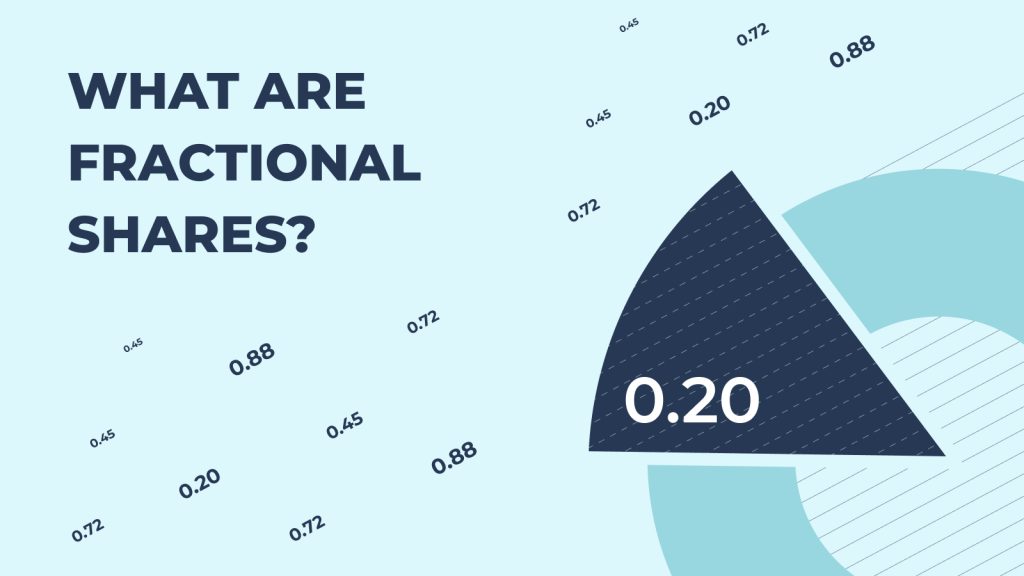As home prices continue upward, purchasing a home seems increasingly out of reach for many first-time buyers. The re-emergence of zero percent down mortgages, hailed by CNN as making a comeback, is seen as a potential solution to this dilemma. However, while these programs offer a pathway into homeownership, they come with their own set of complexities and risks.
The Housing Market’s Steady Climb
The pandemic-induced housing boom saw home prices soar, creating a challenging environment for potential homebuyers. In March 2020, the average home value in California was over $572,000. Today, that figure has surged to more than $786,000.
A traditional 20% down payment on these values translates to $114,400 and $157,200, respectively. Given California’s median household income of $91,550, these figures represent significant financial hurdles.
Even smaller down payments of 10% or 5% still amount to $78,600 or $39,300 for the average Californian home, a substantial sum for many. This financial strain underscores the appeal of a zero percent down payment option.
United Wholesale Mortgage’s Zero Percent Down Program
Last month, United Wholesale Mortgage (UWM), one of the nation’s leading mortgage lenders, introduced a zero percent down payment program called “0% Down Purchase.” This initiative aims to facilitate homeownership by offering a 3% down payment assistance loan up to $15,000.
This means eligible buyers can purchase homes with prices up to $500,000 without incurring additional costs. However, this cap means that typical homes in high-cost areas like California might still be out of reach, while markets in states like Texas remain accessible.
The assistance loan is structured as a second lien, accruing no interest and requiring no monthly payments but must be repaid by the end of the loan term or upon refinancing or selling the property. Essentially, homeowners will manage a second mortgage on top of higher monthly payments on their primary loan.
The program targets borrowers earning at or below 80% of the median income in their desired purchase area or those who haven’t owned a home in the last three years. Importantly, buyers must work with brokers and loan officers to access the program.
The Benefits and Risks of Zero Percent Down Mortgages
Zero percent down payment programs offer clear advantages, particularly for buyers who can handle monthly mortgage payments but struggle to save for a hefty down payment.
Cathy Lesser Mansfield, a consumer finance law professor at Case Western Reserve University, notes that these programs can solve a significant homeownership challenge for those with sufficient monthly income and reserves.
Homeownership fosters wealth accumulation, neighborhood stability, and continuity in children’s education, and these programs can promote diversity and equity in homeownership rates.
However, the risks are considerable. A zero percent down payment means the homeowner starts with no equity in their property, akin to holding a 100% mortgage. This lack of equity poses a significant risk if home values decline.
Homeowners might find themselves underwater, owing more than the home’s value, a scenario reminiscent of the subprime mortgage crisis. Patricia McCoy, a Boston College Law School professor and former mortgage regulator, warns that this could lead to defaults and foreclosures, as experienced during the Great Financial Crisis.
Despite these concerns, UWM’s Chief Strategy Officer, Alex Elezaj, argues that today’s lending practices are much safer due to stricter regulations and comprehensive income, asset, and credit score verifications. He emphasizes that the current housing market dynamics are vastly different from those two decades ago.
The Current Housing Market Landscape
Today’s housing market is marked by unique conditions. Despite rising mortgage rates and declining sales volumes, home prices have continued to climb due to a significant shortage of housing supply.
While zero percent down mortgage programs are not without flaws, they might not trigger a crisis if home prices maintain their upward trend.
Alternative low down payment options exist, such as Chase and Citigroup’s 3%-down mortgage programs, or FHA loans requiring only 3.5% down. Additionally, familial assistance, often referred to in the context of the “nepo” housing market, remains a prevalent option for younger generations seeking to buy homes.
Final Thoughts on Zero-Down Mortgages
Zero percent down mortgages offer a glimmer of hope for many first-time homebuyers struggling with the high costs of down payments. While these programs provide a viable entry point into homeownership, potential buyers must carefully weigh the benefits against the inherent risks.
As the housing market evolves, these programs could play a critical role in making homeownership more accessible, though they must be approached with caution and a thorough understanding of the financial commitments involved.
Also read: Mortgage Rates Up, Homes for Sale Up/Down? Expert Analysis


















